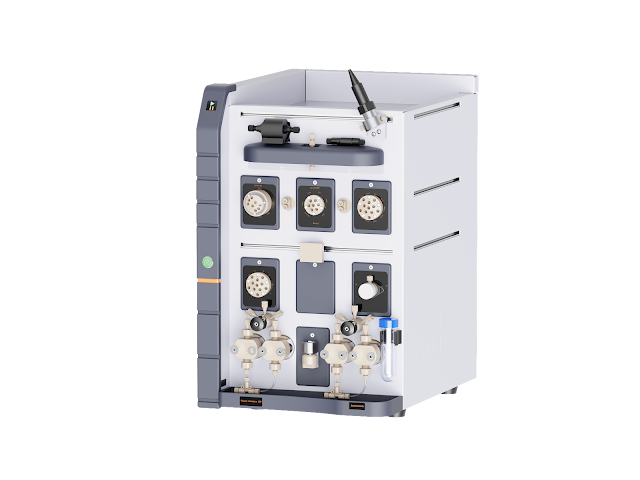Unveiling the Power of FPLC: A Detailed Guide to Chromatography Techniques
Chromatography is a pivotal technique in the scientific community, used extensively for the separation and analysis of complex mixtures. This method has evolved over the years, with Fast Protein Liquid Chromatography (FPLC) becoming a cornerstone in protein purification and analysis.

The Evolution and Importance of FPLC
Originally developed to offer more precision and gentleness in protein separation, FPLC stands out for its ability to operate under low pressure, which preserves the integrity of delicate molecules. The technique is highly favored in biochemistry and molecular biology for its efficiency and specificity. It allows researchers to isolate proteins from complex mixtures with high resolution and under mild conditions, making it ideal for sensitive biochemical substances.
FPLC chromatography is particularly critical in the fields of drug development and genetic engineering, where precise protein purification is essential. Using different types of media in the columns can cater to specific interactions between the media and the proteins, thus facilitating a tailored approach to purification.
Key Components and Functioning of FPLC Chromatography
The core of FPLC chromatography involves a pump that moves the sample through a column filled with specialized resin. The resin's properties dictate the separation process, as different components of the sample bind variably to the media. Detectors monitor the separated components, which are collected in fractions for further analysis.
This method is distinguished by its versatility in column choice and the variety of samples it can process, ranging from large proteins to small nucleotides. The precision in controlling the flow rate and pressure ensures that the separation is both effective and gentle, safeguarding the biological activity of the fractions collected.
Applications and Advancements
FPLC is extensively used in research laboratories and pharmaceutical industries. Its applications range from antibody purification to the analysis of complex biological samples. Recent advancements in FPLC technology have enhanced its automation, throughput, and reproducibility, which are critical for high-stakes environments like pharmaceutical manufacturing and quality control.
The technique continues to evolve, with newer and more advanced forms of chromatographic media being developed to improve separation efficiency and speed. As a result, FPLC remains at the forefront of chromatographic sciences, pushing the boundaries of what can be achieved in protein purification.

Conclusion:
As we look to the future, the role of FPLC in scientific research and industry only seems to be growing. For those keen on exploring the latest in chromatography technology and applications, visiting inscinstech.com.cn provides valuable insights and updates on the latest advancements in FPLC systems and accessories. The website serves as a comprehensive resource for anyone interested in the intricate world of chromatography and its applications in modern science.
With continuous improvements and innovations, FPLC will undoubtedly continue to be a key player in the biotechnological and pharmaceutical fields, enhancing our capabilities to analyze and purify biological molecules with unprecedented precision and efficiency.
.jpg)

Comments
Post a Comment